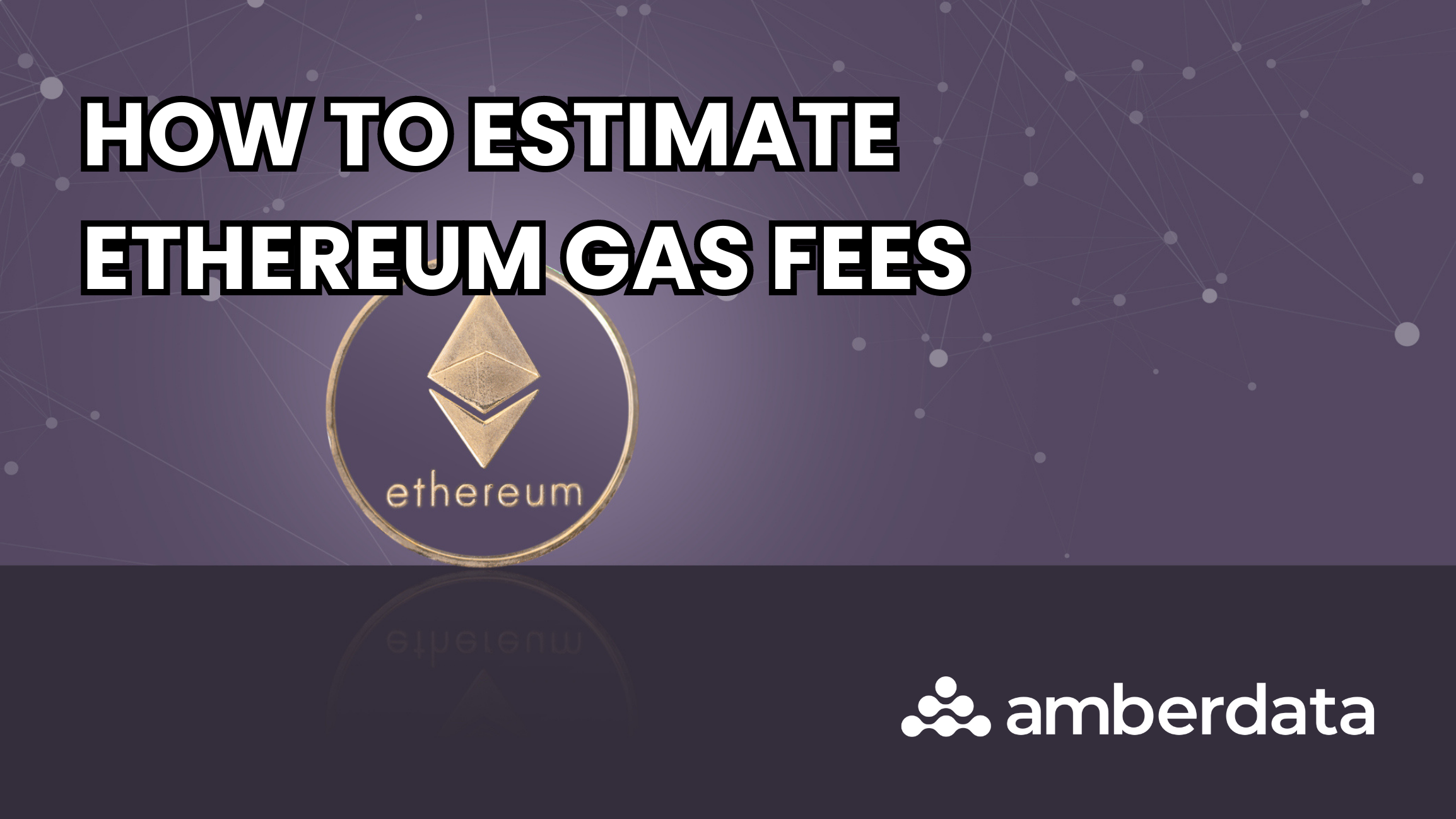
What is Ethereum Gas?
Gas is the fuel that runs the Ethereum blockchain. Each transaction on the chain requires some effort to validate it. “Gas” measures that amount of effort, and the “gas fee” is what an individual—the person who sends the transaction—pays for that effort. Simply put, it’s the transaction fee one pays to do something on Ethereum.
Gas fees are paid in Ethereum’s native token, ETH, and they’re paid as an incentive to the validators who validate and process transactions. Gas prices are measured in “Gwei,” which is a mashup of the words “giga” (billion) and “wei” (after crypto science legend, Wei Dai). A Wei is the smallest unit of ETH; one quintillion wei equals one ETH. The slightly more conceivable number of one billion Gwei equals one ETH; in reverse, one Gwei equals a billionth of one ETH.
(FYI, one quintillion = 1,000,000,000,000,000,000. It's what non-mathematicians call a “very big number.”)
The use of Gwei enables more convenient pricing when dealing with smaller fractions of ETH. As an example, if the gas price for a transaction is 20 Gwei, it means that for each unit of gas consumed, the sender of the transaction pays 20 billion Wei or 0.000000020 ETH. “20 Gwei” is a lot easier, right?
Is Gas Always The Same Price?
No. Much like real gas prices, Ethereum gas price bounces around. It can vary significantly based on supply and demand. The supply is the network's validators, who can decline to process a transaction if the gas price is too low for them, and the demand is the number of users (or transactions) who want to transact. Typically, during times of high network congestion gas prices are higher than during low network usage, as you would imagine.
What Exactly Is a Validator?
An Ethereum blockchain validator is responsible for checking that new blocks propagated over the network are valid. Validators occasionally create and propagate new blocks themselves. To become a validator, one must stake 32 ETH into a contract on the blockchain. 32 ETH is a decent chunk of change, and the belief is that validators with this much ETH at risk have a vested interest in the honest and efficient running of the blockchain.
On Ethereum, blocks are created every twelve seconds. One validator is randomly selected to be a block proposer for each new block. The selected validator is responsible for creating that new block and sending it out to other nodes on the network. Then, a committee of validators is randomly chosen, and they vote to determine the validity of that block. The voting process works like this: the transactions in each block are re-executed, and the block signature is viewed to make sure the block is valid; if so, the validator then votes in favor of validating the block.
How Are Gas Fees Calculated?
When you enter a transaction to the Ethereum blockchain, you specify a “gas limit.” Gas limit refers to the maximum amount of gas you're willing to consume on a transaction. Complicated transactions involving smart contracts require more computational work, so they require a higher gas limit. The standard transaction fee on Ethereum requires a gas limit of 21,000 gwei.
Gas fees are calculated by multiplying the gas price by the gas limit. So, if the gas limit is 20,000 and the price per unit is 200 gwei, the fee would be 20,000 * 200 = 4,000,000 gwei or 0.004 ETH.
You can also add a tip if you want validators to prioritize your transaction.
Can You Estimate Gas Fees?
It's important to consider the appropriate gas price when estimating transaction fees on the Ethereum network to ensure that transactions are processed efficiently and timely.
Via Amberdata, you can estimate ETH gas fees via a specific request, which will generate and return an estimate of how much gas is necessary to allow the transaction to complete. Amberdata will also provide the gas fee history and the current gas price.
Can You Minimize Gas Fees?
There are a variety of things you can do to lessen or minimize gas fees.
Select the transaction speed - Gas fees are typically offered at different speeds, such as slow, average, or fast. Slower transactions have lower fees, but they may take longer to be confirmed. Choose the transaction speed that aligns with your requirements.
Monitor gas price trends - Gas fees vary depending on network congestion and demand. By watching gas price trends, you can anticipate changes in fees. Amberdata provides historical data to help you identify and understand trends.
Adjust gas limits - Gas fees are, in part, determined by the size and complexity of your transaction. By adjusting the gas limit, you can control the amount of compute resources allocated to your transaction.
Gas fee optimization techniques - One example is to batch your transactions—combine multiple actions into a single transaction. Also, efficient coding can help reduce gas costs.
Always Check The Gas Fee
In any event, it's always a good idea to double-check the current gas prices before executing a transaction. Amberdata can help you do so with historical and live current data.
Our unified API and data services provide a single integration point for obtaining a complete view of the entire crypto economy. We deliver comprehensive digital asset data and insights into blockchain networks, crypto markets, and decentralized finance, empowering financial institutions with critical market, on-chain and DeFi data for research, trading and analytics, risk management, derivatives analytics , and compliance.
To learn more about Amberdata, please contact us to book a demo, hear how our products can help your business, or receive pricing information.
Amberdata
Amberdata is the leading provider of global financial infrastructure for digital assets. Our institutional-grade solutions deliver data, analytics and comprehensive tools and insights that empower financial institutions to research, trade, and manage risk and compliance in digital assets. Amberdata serves as a...
